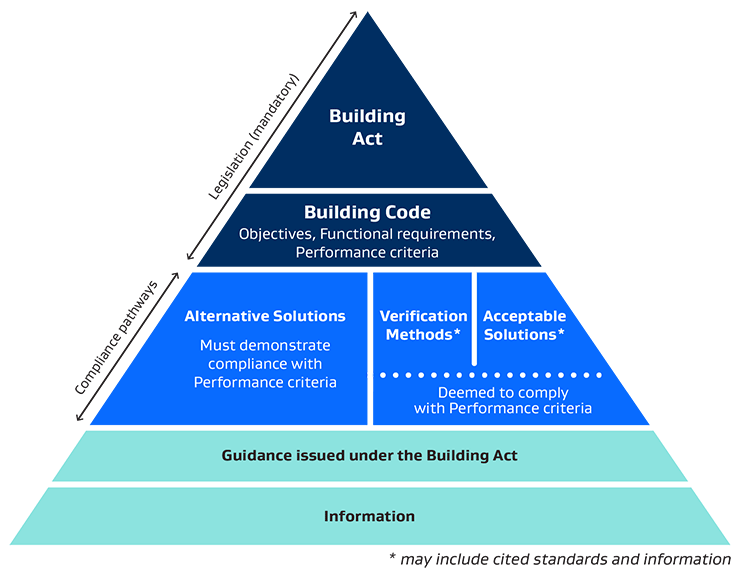Navigating the intricate landscape of building codes is a fundamental aspect of architectural practice in the United States. These regulations are designed to ensure the health, safety, and welfare of the public, and adherence to them is non-negotiable for any architect aiming to deliver compliant and safe structures.

Understanding Building Codes
Building codes are a set of regulations that govern the design, construction, alteration, and maintenance of structures. They are implemented to safeguard public health and safety by ensuring that buildings are structurally sound and accessible. In the U.S., the International Building Code (IBC) serves as a model code adopted by many jurisdictions, often with local amendments to address regional concerns such as seismic activity in California or hurricane resistance in Florida.
Key Considerations for Architects
1. Occupancy Classification: Determining the correct occupancy classification is crucial as it influences various design parameters, including egress requirements, fire protection, and structural load considerations. Misclassification can lead to significant design flaws and compliance issues.
2. Construction Type: The construction type, ranging from Type I (non-combustible materials) to Type V (combustible materials), dictates the building’s fire resistance and allowable height and area. Selecting the appropriate construction type is essential for code compliance and safety.
3. Means of Egress: Designing safe and efficient exit routes is vital for occupant safety during emergencies. This includes calculating the required number of exits, their placement, and ensuring they are unobstructed and accessible.
4. Accessibility Compliance: Ensuring that buildings are accessible to individuals with disabilities is mandated by the Americans with Disabilities Act (ADA) and other local regulations. This encompasses aspects like accessible routes, signage, and facilities.
5. Fire Protection Systems: Incorporating appropriate fire suppression and alarm systems is critical. The requirements vary based on occupancy type, building size, and use, necessitating careful consideration during the design phase.
6. Energy Efficiency: With increasing emphasis on sustainability, compliance with energy codes such as the International Energy Conservation Code (IECC) is essential. This involves considerations related to insulation, HVAC systems, and overall building envelope performance.
Best Practices for Compliance
• Early Integration: Incorporate code analysis early in the design process to identify potential issues and avoid costly revisions later.
• Continuous Education: Building codes are periodically updated. Staying informed about the latest changes is crucial for ongoing compliance and professional development.
• Collaboration with Authorities: Engage with local building officials and code consultants to gain insights and interpretations that can facilitate smoother approval processes.
• Documentation: Maintain thorough documentation of code compliance throughout the design and construction phases to provide a clear record for review and inspections.

Challenges and Considerations
While building codes provide a framework for safety and performance, they can also present challenges, particularly when balancing compliance with design innovation. For instance, integrating modern design elements like open floor plans or sustainable materials may require creative solutions to meet code requirements without compromising aesthetic or functional goals.
Additionally, varying interpretations of codes by different jurisdictions can lead to complexities. Engaging with the Authority Having Jurisdiction (AHJ) early and throughout the project can help navigate these challenges effectively.
Conclusion
Mastery of building codes is an indispensable aspect of architectural practice in the U.S. By understanding and applying these regulations diligently, architects not only ensure compliance but also contribute to the creation of safe, functional, and sustainable built environments. Continuous learning and proactive engagement with code developments are essential for maintaining the highest standards of architectural practice.
